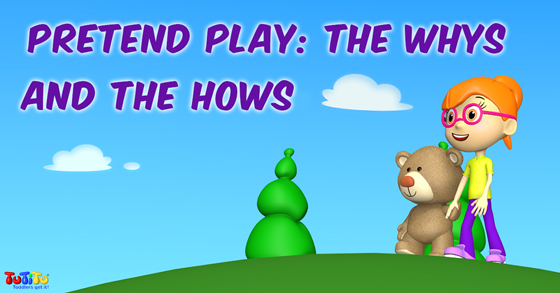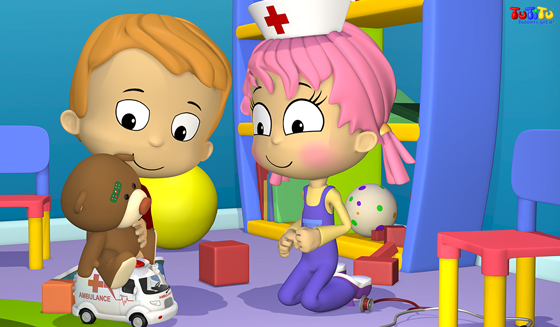Pretend play is one of the most important key activities for toddler years. It allows your child to develop various different emotional and social skills. Pretend play means an opportunity to be someone (or something) else for a short while – to make a conscious effort to understand what that other person is thinking and feeling, how they might react, and so on.
True, when your child does it they do so in a pretty simplistic way, but hey, you have to start somewhere… These first steps in the world of pretend lay the base for later life empathy and social behavior.
Pretend play is also a lot of fun. Getting to step outside of your own world is a great stimulus for the child’s imagination, creativity and even just the plain enjoyment of trying something new.
Hopefully you’re now fully on board and realizing how great it is to incorporate pretend play in your preschooler’s pool of fun activity ideas! But what are some ways to do it? Well we’ve got a few ideas to get you started…
Welcome to the dollhouse
This one’s a no-brainer, really. Pick up a couple of dolls – human-shaped or otherwise – and make up a scene for you and your son or daughter to enact together. It needn’t be complex. In fact, sometimes it’s even better to go simple and think about daily interactions. This means your child will get to practice them again in this non-judgmental, no-consequence environment.
For instance, you can be two kids in the playground both wanting to play with the same thing, or you can switch roles in a parent/child interaction your kid is used to experiencing a lot.
Fantasy land
When you’re tired of reenacting everyday occurrences, you can always switch to something more exotic. Give your child the opportunity to be something that in real life they are…. Let’s say less likely to be. Play pirates or kingdom or fairies or whatever else comes to mind.
Fantasy, too, helps develop your little one’s imagination and gives them a chance to explore new contexts outside of their familiar world.
If they have a favorite fantasy book, you can refer to it – that way the characters are already set up and all you have to do is play the part!
Practicing life
And finally, another classic option in pretend play is halfway between pretense and real life: you get to be who you are but in an interaction that’s not real. This one is along the lines of ‘if you could talk to your kindergarten teacher / grandma / friend right now, what would you say to them?’ It’s especially useful in working through conflict or difficult feelings.
If your child is upset – with someone other than you – you can help them process it by giving them a chance to air what they’re feeling without being in the moment with the person they’re upset with. It’s an opportunity to practice what they can tell them when they do see them, and work out together what the right way is to approach the problem.
Do you incorporate pretend play into your toddler’s daily life?
Tell us about it in the comments and don’t forget to SHARE this article on Facebook!


